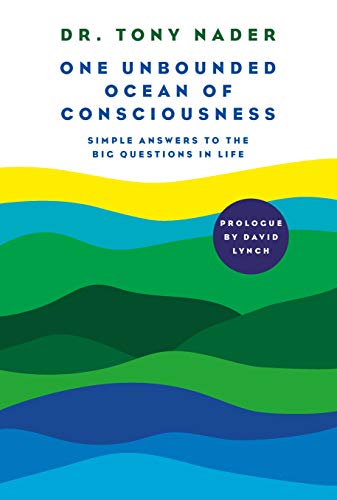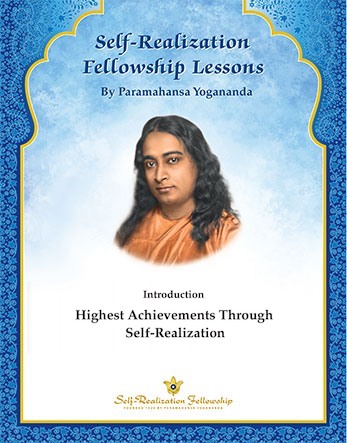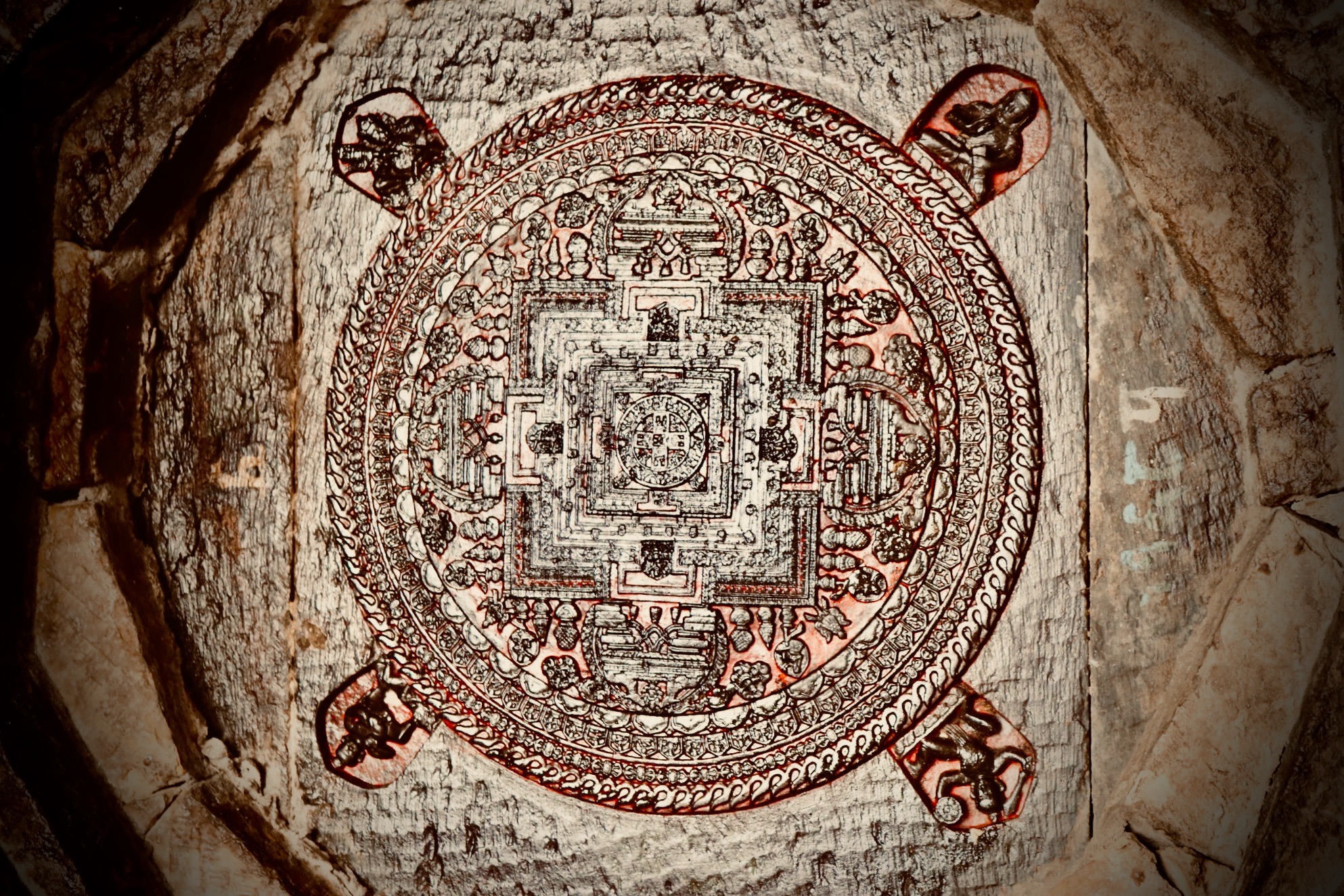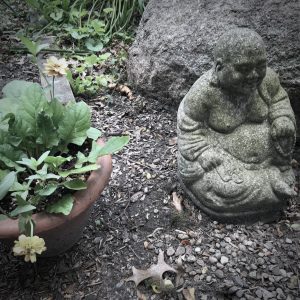 Join us at 1 PM on Saturday, September 21st at Kankakee Arts CoLab for an introduction to meditation.
Join us at 1 PM on Saturday, September 21st at Kankakee Arts CoLab for an introduction to meditation.
Establishing a daily meditation practice is one of the simplest things we can do to enhance our well being. It offers a wide range of benefits to our physical health, emotional balance and spiritual growth.
In this short introductory workshop, you’ll learn about the various types of meditation, the benefits of the practice, a little about related science and philosophy – and will get a chance to try two simple meditation techniques that you can use to begin your own practice.
This workshop is offered free of charge. Donations to Kankakee Arts CoLab are welcome.
Time: 1 PM to 2:30 PM – 21 September 2024
Location: Second Floor of the Majestic, 150 N. Schuyler Ave., Kankakee
Dress: Casual and Comfortable
Bring: If you’d like to take notes, you’re welcome to bring tools for that, and a beverage if you would like. There’s no need to bring anything else.
Facilitator: Brian is a daily meditator and TMO Certified Meditation Teacher who has studied numerous meditation styles and techniques. Meditation has helped him to get sober, reclaim his health, lose 90 pounds, and learn to be a kinder, more joyful human.
Questions? Email Brian to noebie@gmail.com.

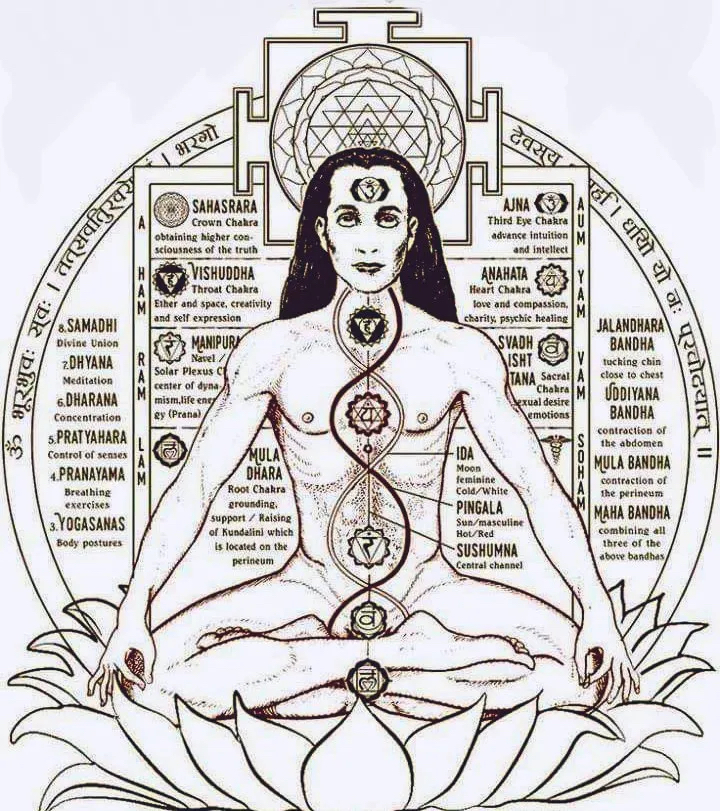 When we sit to meditate, we attempt to still the fluctuations of the mind. Sometimes we do this by placing our attention on an object of meditation, which can be a physical object like a candle flame or murti, or something more subtle, like a mantra or even our own patterns of breathing.
When we sit to meditate, we attempt to still the fluctuations of the mind. Sometimes we do this by placing our attention on an object of meditation, which can be a physical object like a candle flame or murti, or something more subtle, like a mantra or even our own patterns of breathing.
